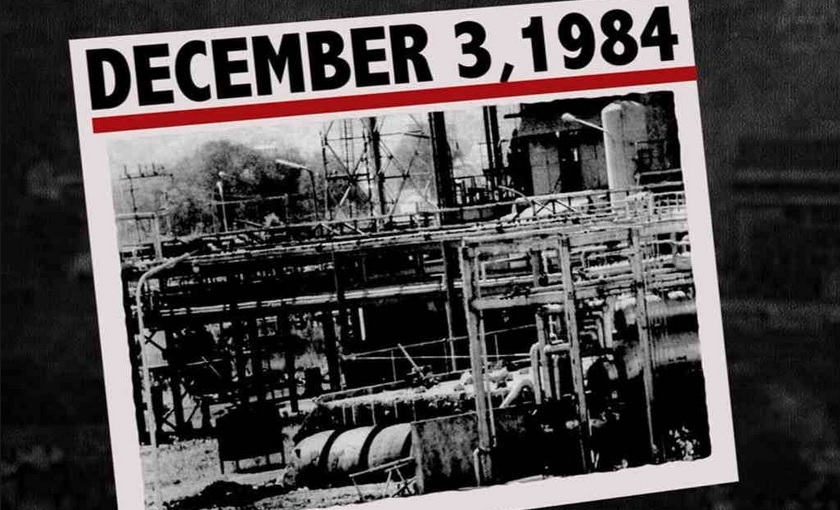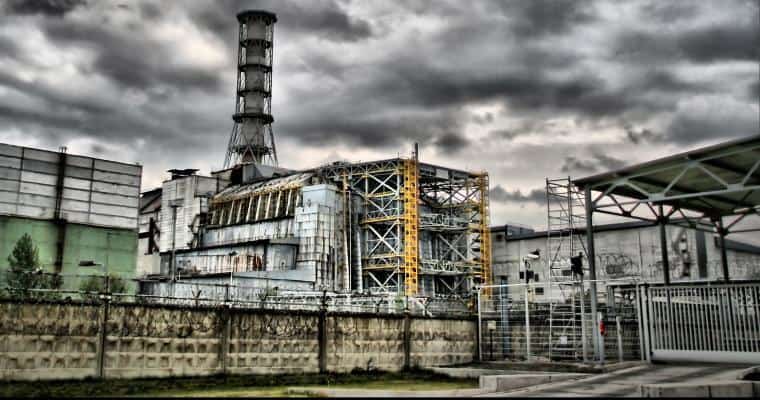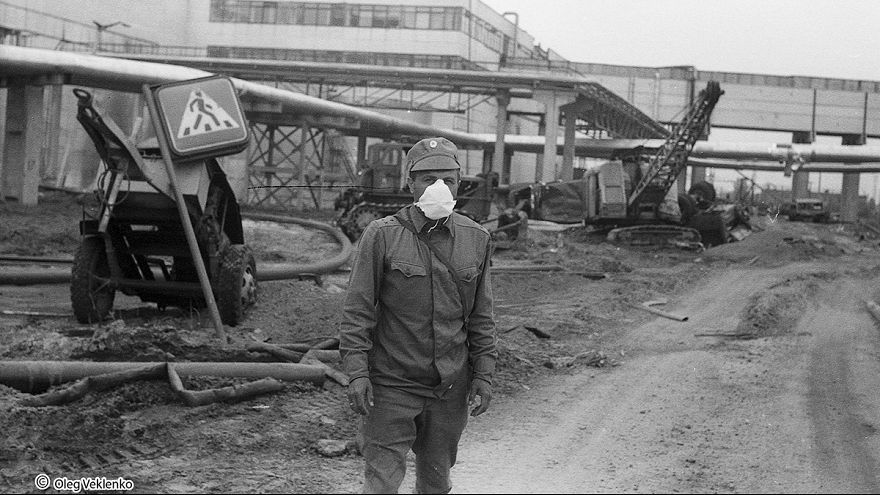Student ID : 201804030002
Student Code : DNEH1342
Subject Name : Basic Toxicology
MINAMATA DISEASE
Minamata disease sometimes referred to as Chisso – Minamata disease, is a neurological syndrome caused by severe mercury poisoning.
Minamata disease was first discovered in Minamata city in Kumamoto prefecture, Japan, in 1956. It was caused by the release of methylmercury in the industrial wastewater form the Chisso Corporation’s chemical factory, which continued from 1932 to 1968.
This highly toxic chemical bioaccumulated in shellfish and fish in Minamata Bay and the Shiranui Sea, which, when eaten by the local population, resulted in mercury poisoning.
Initially the disease was infected by a cat who had eaten seafood that was contaminated by mercury and subsequently infected by humans
1.Ethical
The Chisso Corporation dumped over 30 tons of mercury in the Minamata bay over a 30 year period. Due to their denial of responsibility, people suffering from high amounts of mercury poisoning and children being born with congenital Minamata disease were wrongly diagnosed. For years the company hired corrupt scientists and doctors to run a disinformation campaign, often blaming the symptoms of the victims on old war weapons from World War II leaking toxins into the bay (Johnston, 1994).
Nearly 20 years after the first reports of Minamata disease. In 1979, the executives of Chisso Corporation were found guilty for negligent homicide (Johnston, 1994).
Presently, the number of Minamata disease sufferers is unknown. Medical experts estimate that 30,000 people have been affected by the disease. 2,300 people have been certified by the government to have the disease, while more than 10,000 people that have applied have been denied funding for not meeting the strict criteria set by the government, one of the criterion being paralysis affecting all four limbs (Johnston 1994)
The number of illnesses may be smaller if Chisso Corporation and the Japanese government take on their responsibilities more quickly and the public will be told about the poisonous mercury levels they are consuming. This crisis can be avoided if the government does their part and realizes its impact on nature and society
2)Environmental

Through chemical reaction and precipitation it enters freshwater lakes and rivers, where it accumulates in the sediments at the bottom.
Here it is transformed by bacteria into a variety of mercury compounds, particularly methyl mercury (chemical formula: CH3Hg+) which is highly toxic.
Mercury is a neurological toxin that accumulates in the food chain. Airborne mercury gets deposited over land and water. Water runoff from land brings more into lakes. As big fish eat smaller fish, mercury concentrations increase. Humans eat the bigger fish with the higher mercury levels.
3.Health
Mercury's effects can be very subtle. Adults who have been exposed to too much methylmercury might begin to experience trembling hands and numbness or tingling in their lips, tongues, fingers or toes. These effects can begin long after the exposure occurred. At higher exposures, walking could be affected, as well as vision, speech and hearing. In sufficient quantities, methylmercury can be fatal.
The greatest risk, however, is for fetuses and young children because their nervous systems are still developing. They are four or five times more sensitive to mercury than adults. Damage occurring before birth or in infancy can cause a child to be late in beginning to walk and talk and may cause lifelong learning problems. Unborn children can be seriously affected even though the methylmercury causes no symptoms in their mothers.
The Bhopal
Disaster was a gas leak incident on the night of 2 – 3 December 1984. It is
considered to be the world’s worst industrial disaster. The Bhopal 1984 tragedy is a disaster that occurred on December 2-3, 1984 due to leakage of 42 metric tons of methyl isocyanate (MIC) gas from Union Carbide insect pesticide plant in Bhopal city, Madhya Pradesh, India. As a result, about 500,000 people are exposed to air pollution. 2,259 were killed instantly and the animals were lying. The government of Madhya Pradesh confirmed a total of 3,787 deaths related to the gas leak. The incident is said to be the worst industrial disaster in history
1.Ethical
A leak of methyl
isocyanides gas and other chemicals from the plant resulted in the exposure of
hundreds of thousands of people. It also causes environmental issues such as
pollution of soil and water. The gas leak in India was caused by bad
maintenance and failure of several safety systems to cut off the expenses.
2.Environmental
Effect of
Methyle Isocynate gas, due to the Toxic gas after the disaster within a few
days tree in the vicinity became barren and 2000 bloated animal carcasses had
to be disposed off.
The water air
and food become polluted in that area.
3.Health
Respiratory
disorder, irritation to the lungs, causing coughing and shortness of breathing.
Higher exposure caused build up of fluids (pulmonary enema) caused Asthma.
Cancer Hazard,
caused mutation (genetic change). It caused cancer.
Reproductive
Hazard, association between exposure to methyl isocyanate and miscarriages. It
may damage the growing fetus. May also affect fertility in men and women.
After effect,
trans of many toxins were found in the breast milk of mother and were in turn
transmitted to the recipient.
Around midnight
on Dec. 2, 1984, an accident at a Union Carbide pesticide plant in Bhopal,
India, resulted in 45 tons of poisonous methyl isocyanate escaping from the
facility. Thousands died within hours.
More followed
over subsequent months about 15,000 in all. In total, about half a million
people were affected in some way.
Many of those
who survived suffered blindness, organ failure and other awful bodily
malfunctions. A shockingly high number of children in the area have been born
with all manner of birth defects.

CHERNOBYL DISASTER (26
APRIL 1986)
The
disaster occurred on April 25–26, 1986, when technicians at reactor Unit 4
attempted a poorly designed experiment. Workers shut down the reactor’s power-regulating
system and its emergency safety systems, and they withdrew most of the control
rods from its core while allowing the reactor to continue running at 7 percent
power.
April
26 the chain reaction in the core went out of control. Several explosions
triggered a large fireball and blew off the heavy steel and concrete lid of the
reactor. This and the ensuing fire in the graphite reactor core released large
amounts of radioactive material into the atmosphere, where it was carried great
distances by air currents.
1.Ethical
The lack of safety culture resulted in the
inability to remedy design weakness despite being known before the accident.
There
were many construction failings at the Chernobyl nuclear power plant and its
inadequate monitoring.
According
to the data in the possession of the KGB of the USSR design deviations and
ventilation of construction are occurring at various places in the
construction.
The
pillars of generator room were erected with a deviation of up to 100mm from the
reference axis and the horizontal connections were absent. Also there was a
deviation in the wall panels of up to 150mm.
In
a report, the Deputy Head of the construction directorate said the backfill of
the foundation in many places where waterproofing were damaged.
So
this damage lead to ground water seepage into the station and radioactive
contamination of the environment.
The
head of Chernobyl did not show any proper attention to the foundation. Even the
cement plant operates erratically and also its output is bad.
A
lot of safety procedures were being violated. They used only 6 rods for the
test discipline but the minimum number of rods to be used was 30.
Actually
they were performing an experiment. In any case they were not under the normal
regime of operation, and no usual rules applied.
2.Environmental
After
the early phase of direct deposit, uptake of radionuclides through plant roots
from soil became increasingly important. Radioisotopes of caesium (137Cs and
134Cs) were the nuclides which led to the largest problems, and even after
decay of 134Cs (half-life of 2.1 years) by the mid-1990s the levels of longer
lived 137Cs in agricultural products from highly affected areas still may
require environmental remediation.
Following
the accident vegetation and animals in forests and mountain areas have shown
particularly high uptake of radiocaesium, with the highest recorded 137Cs
levels found in forest food products. This is due to the persistent recycling
of radiocaesium particularly in forest ecosystems.
Other
radionuclides such as plutonium isotopes and 241Am did not cause real problems
in agriculture, either because they were present at low deposition levels, or
were poorly available for root uptake from soil.
Radioactive
material from Chernobyl resulted in levels of radioactive material in surface
water systems in areas close to the reactor site and in many other parts of
Europe.
3.Health
Ingestion
of food contaminated with radioactive iodine did result in significant doses to
the thyroid of inhabitants of the contaminated areas of Belarus, Russia, and
Ukraine. The thyroid doses varied in a wide range, according to age, level of
ground contamination with 131I, and milk consumption rate.
Reported
individual thyroid doses ranged up to about 50 Gy, with average doses in
contaminated areas being about 0.03 to few Gy, depending on the region where
people lived and on their age.
The
thyroid doses to residents of Pripyat city located in the vicinity of the
Chernobyl power plant, were substantially reduced by timely distribution of
stable iodine tablets.
Drinking
milk from cows that ate contaminated grass immediately after the accident was
one of the main reasons for the high doses to the thyroid of children, and why
so many children subsequently developed thyroid cancer. The general public has
been exposed during the past twenty years after the accident both from external
sources (137Cs on soil, etc.) and via intake of radionuclides (mainly, 137Cs)
with foods, water and air.
The
average effective doses for the general population of ‘contaminated’ areas
accumulated in 1986 - were estimated to be between 10 and 30 mSv in various
administrative regions of Belarus, Russia and Ukraine. In the areas of strict
radiological control, the average dose was around 50 mSv and more.
Some
residents received up to several hundred mSv. It should be noted that the
average doses received by residents of the territories ‘ contaminated’ by
Chernobyl fallout are generally lower than those received by people who live in
some areas of high natural background radiation in India, Iran, Brazil and
China (100 - 200 mSv in 20 years).
www.haikal.blogspot.comwww.haikal.blogspot.comwwwl.hakim.blogspot.comwww.blogspot/haikal.com









